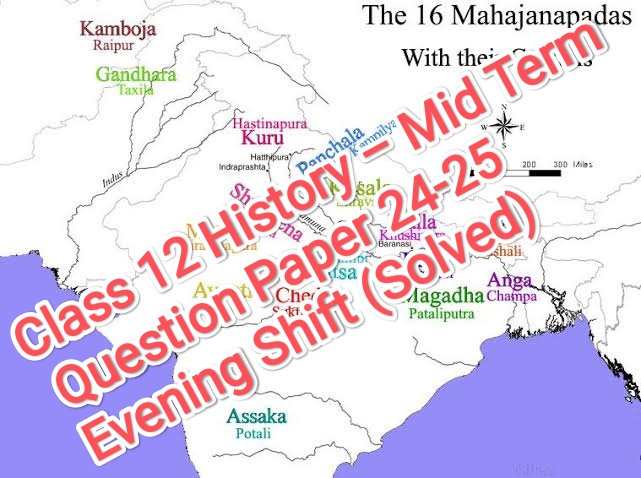SECTION – A (Objective Questions: 1×21 = 21)
Q1. Who among the following is the author of My Archaeological Mission to India and Pakistan 1976?
(A) John Marshall
(B) R.E.M. Wheeler
(C) Cunningham
(D) Ernest Mackay
Answer: (B) R.E.M. Wheeler
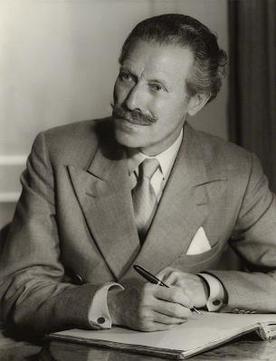
👉 Wheeler wrote this autobiographical account in 1976.
Q2. Which book contains the rules and regulations for those who joined the monastic order?
(A) Abhidhamma Pitaka
(B) Sutta Pitaka
(C) Ashokavadana
(D) Vinaya Pitaka
Answer: (D) Vinaya Pitaka
👉 The Vinaya Pitaka deals with the discipline/rules of Buddhist monks and nuns.
Q3. Which of the following European writers wrote a detailed description of the trade and society of South India?
(A) Duarte Barbosa
(B) Jean-Baptiste Tavernier
(C) Bernier
(D) Manuchi
Answer: (A) Duarte Barbosa
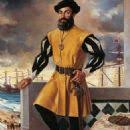
👉 Duarte Barbosa, a Portuguese writer, gave valuable details of South Indian trade and social life.
Q4. Identify the picture and choose the correct answer.
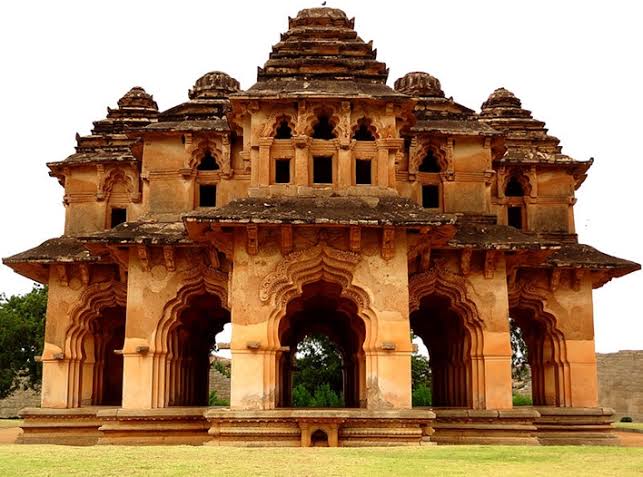
(A) Engraved picture on Mahanavami Dibba
(B) Sculpture on the walls of Hazara Rama Temple
(C) Lotus Mahal
(D) Elephant Stables
Answer: (C) Lotus Mahal
👉 A unique Indo-Islamic style building in Hampi.
(For visually impaired: Vijayanagara was called Karnataka Samrajyamu → Option C.)
Q5. According to a Buddhist text known as ______, Asoka distributed portions of Buddha’s relics.
(A) Ashokavadana
(B) Mahaparinibbana Sutta
(C) Vinaya Pitaka
(D) Abhidhamma Pitaka
Answer: (A) Ashokavadana
Q6. Consider the following about Naths, Jogis and Siddhas:
(i) Outside orthodox Brahmanical framework.
(ii) Many came from artisanal groups.
(iii) They questioned Vedas.
(iv) Won support of ruling elites.
Options:
(A) i & ii
(B) ii & iii
(C) i, ii, iii
(D) i, ii, iv
Answer: (C) i, ii, iii
👉 They opposed orthodox Vedic authority, but did not always win elite support.
Q7. Assertion–Reason:
(A) Most Harappan sites are in semi-arid areas where irrigation was required.
(R) Water reservoirs at Dholavira were for agriculture.
Options:
(A) Both true, R correct explanation
(B) Both true, R not explanation
(C) A true, R false
(D) A false, R true
Answer: (B)
👉 Reservoirs were for water storage, but not clearly for agriculture.
Q8. He was engineer, surveyor and cartographer; made first survey map of Hampi.
(A) Thomas Hickey
(B) Bernier
(C) Colin Mackenzie
(D) Domingo Paes
✅ Answer: (C) Colin Mackenzie
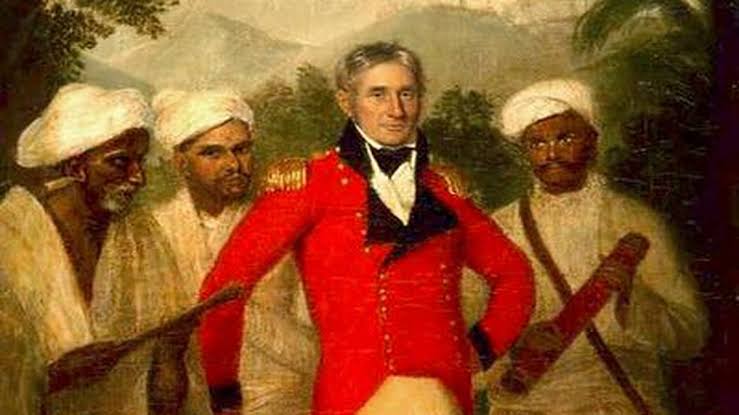
Q9. ‘Shaal Bhanjika’ described in Sanskrit is a symbol of:
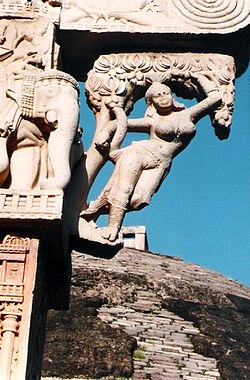
(A) Peace
(B) Love
(C) Auspicion
(D) Beauty
✅ Answer: (C) Auspicion
Q10. Which fact is NOT true of Vijayanagara Empire?
(A) Founded by Krishnadeva Raya
(B) Krishnadeva Raya was of Taluva dynasty
(C) He conquered Raichur Doab
(D) He founded Nagalapuram
✅ Answer: (A)
👉 Vijayanagara was founded by Harihara & Bukka (1336 CE), not Krishnadeva Raya.
Q11. Shaka ruler of 2nd century, repaired Sudarshana Lake:
(A) Samudragupta
(B) Chandragupta
(C) Kanishka
(D) Rudradamana
✅ Answer: (D) Rudradamana
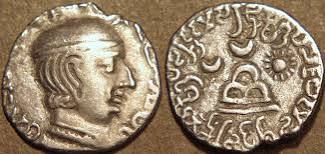
Q12. Historian who described land revenue as “renunciation of sovereignty”?
(A) Abul Fazl
(B) Bernier
(C) Abdur Razzak
(D) Peter Mundy
✅ Answer: (B) Bernier
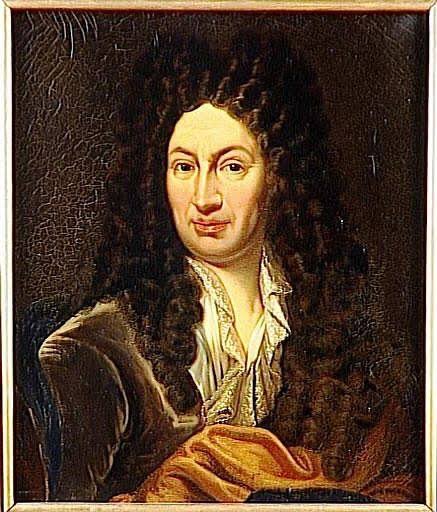
Q13. Match Column I and II:
i. Tree →a. Mahaparinibbana
ii. Empty Seat → b. Meditation of Buddh’s
iii. Wheel →c. Buddha’s First Sermon at
sarnath
iv. Stupa → d. Buddha’s Enlightenment
Correct option:
(A) a b c d
(B) d a b c
(C) b d a c
(D) d b c a
✅ Answer: (D)
Q14. Amuktamalyada was written in:
(A) Tamil
(B) Telugu
(C) Kannada
(D) Sanskrit
✅ Answer: (B) Telugu
Q15. Evidence of Ganeshwar Jodhpura culture has been found in ______.
(A) Karnataka
(B) Shortughai
(C) Khetri
(D) Balakot
✅ Answer: (C) Khetri
Q16. Most important didactic passage in Mahabharata?
(A) Aadi Parva
(B) Drona Parva
(C) Bheeshma Parva (Bhagavad Gita)
(D) Virata Parva
✅ Answer: (C) Bheeshma Parva (Bhagavad Gita)
Q17. Miniature faience pots NOT found at:
(A) Mohenjodaro
(B) Harappa
(C) Kalibangan
(D) Nageshwar
✅ Answer: (C) Kalibangan
Q18. Anthology of Alvar compositions called Tamil Veda?
(A) Nalayira Divyaprabandham
(B) Tevaram
(C) Padmavat
(D) Nendunalbadai
✅ Answer: (A) Nalayira Divyaprabandham
Q19. Why did Bernier criticize lack of private land ownership under Mughals?
(A) Harmful to state & people
(B) Emperor does not control all land
(C) Bernier considered it appropriate
(D) Landholders indifferent to production & investment
✅ Answer: (D)
Q20. Identify the city: Capital of Magadha in 4th BCE, Xuanzang saw ruins in 7th CE.
(A) Ujjaini
(B) Patliputra
(C) Mathura
(D) Puhar
✅ Answer: (B) Patliputra
Q21. Hampi recognised as site of national importance in:
(A) 1976
(B) 1977
(C) 1978
(D) 1980
✅ Answer: (C) 1978 CE
✅ SECTION – B (Short Answer Questions: 3×6 = 18)
Q22. Methods to study socio-economic differences in Harappan Civilization:
- Archaeologists study burial practices → rich graves with ornaments vs. simple burials.
- House architecture → large multi-room houses vs. small huts.
- Objects & artefacts → beads, seals, tools, jewellery indicate wealth/status.
👉 These methods show inequality in Harappan society.
Q23. Preservation of Sanchi Stupa:
- Ashoka built the original stupa (3rd century BCE). Later rulers enlarged it.
- Local rulers (Shungas, Satavahanas, Gupta) renovated instead of destroying.
- Devotees & pilgrims maintained rituals, preventing its neglect.
👉 Wise decisions to enlarge, protect, and maintain rituals ensured survival.
Q24. Amara-nayaka system in Vijayanagara:
- Amara-nayakas = military commanders given land revenue rights.
- Maintained troops for the king, gave military service.
- Strengthened central power while decentralizing administration.
👉 This system was crucial for sustaining Vijayanagara’s large army & stability.
Q25. India’s unique communication system (Ibn Battuta):
- Horse couriers carried messages quickly.
- Relay system: runners stationed every few kilometers.
- Messages covered long distances rapidly → faster than many other medieval countries.
👉 Ibn Battuta was astonished at its speed & efficiency.
Q26. Women in Alvar & Nayanar tradition:
- Andal: only female Alvar, composed devotional Tamil hymns.
- Karaikkal Ammaiyar: female Nayanar saint, renounced worldly life.
- Their participation shows inclusivity in Bhakti movement.
Q27. Occupations of varnas (Dharmashastras):
- Brahmins → teaching, rituals, sacrifices.
- Kshatriyas → warfare, administration.
- Vaishyas → agriculture, trade, pastoralism.
- Shudras → service to other varnas.
OR Duties of Chandalas (Manusmriti):
- Cremation of the dead.
- Disposal of corpses.
- Wearing discarded clothes, using broken utensils.
✅ SECTION – C (Long Answer Questions: 3×8 = 24
Q28. What source do historians have to resort to while composing ‘Mauryan Empire’? Mention the administrative system of the Mauryan period described on the basis of these sources. (4+4)
Sources for Mauryan Empire (4 marks):
- Archaeological sources – Ashokan inscriptions, pillars, and edicts (in Prakrit, Greek, Aramaic).
- Literary sources – Arthashastra by Kautilya/Chanakya (on statecraft, economy, administration).
- Religious texts – Buddhist (e.g., Digha Nikaya) and Jaina traditions mentioning Chandragupta and Ashoka.
- Foreign accounts – Megasthenes’ Indica, describing court life, administration, and social customs.
Administrative System of Mauryan Period (4 marks):
- Centralized Monarchy – King was the supreme authority with absolute control.
- Council of Ministers (Mantriparishad) – Assisted the king in governance.
- Provincial Administration – Empire divided into provinces (Taxila, Ujjain, Tosali, Suvarnagiri), each governed by princes or officials.
- Revenue & Officials – Systematic land revenue collection, officials like Samaharta (chief collector), Amatyas (civil servants), and Mahamatras for justice.
OR
“‘While these technologies often led to an increase in production, the benefits were very uneven’. Discuss the strategies for increasing production and the differences found in rural societies between the 6th century BC and 6th century CE.” (8)
Strategies for Increasing Production:
- Irrigation development – Use of wells, tanks, canals, and river embankments (e.g., Sudarshana lake in Gujarat).
- Iron tools & plough agriculture – Introduction of iron ploughshares led to cultivation of harder soils.
- Expansion of paddy cultivation – Especially in fertile regions like eastern India and the Deccan.
- Pastoralism and shifting cultivation – Practiced in less fertile/forest regions.
Uneven Benefits in Rural Societies:
- Peasant differentiation – Landless laborers and small peasants worked for large landowners.
- Emergence of gahapatis – Rich peasants who controlled resources and hired labor.
- Varna-based differences – Brahmanas and elites benefited more through land grants and taxes.
- Exploitation of peasants – Heavy taxation by rulers and landlords; not all benefited equally from technology.
Q29. ‘From 600 BC to 600 CE, Brahminical ideas and norms were not to be followed everywhere’. Justify the statement with examples. (8)
Justification with Examples:
- Non-Brahmanical traditions – Rise of Buddhism and Jainism which rejected sacrifices and ritual authority of Brahmanas.
- Ashoka’s Dhamma – Promoted non-violence, compassion, tolerance rather than Vedic rituals.
- Varna system not uniform – Epics and inscriptions suggest flexibility; people did not always follow rigid rules.
- Regional practices – In Deccan and South India, local rulers and communities had their own customs, not always guided by Brahmanas.
- Tribal and pastoral groups – Many communities outside the varna order continued their lifestyle.
- Popular religious cults – Yaksha and Nagas worship, fertility cults, and local deities flourished outside Brahmanical control.
- Bhakti traditions – Early devotion to Vishnu, Shiva, and goddess cults provided alternatives.
- Evidence in Mahabharata – Multiple voices, including critiques of dharma and varna, show Brahmanical dominance was not absolute.
OR
What aspects do historians consider while analyzing the Mahabharata? (8)
- Textual growth – Began as oral tradition (c. 500 BCE), compiled around 4th c. BCE, final form by 4th c. CE.
- Dharma debates – Reflection of ethical and social dilemmas (family loyalty vs duty).
- Varna & gender norms – Ideals of kingship, duties of varna, and role of women.
- Intermixing of traditions – Incorporation of non-Brahmanical traditions, local stories, and folk narratives.
- Didactic portions – Shanti Parva and Anushasana Parva discussing statecraft, laws, duties.
- Genealogical accounts – Lineage of Kuru kings, blending myth and history.
- Cultural values – Shows ideas of kinship, power, property, and social life.
- Historians’ caution – Mahabharata is not a single-authored text, but a layered source with multiple contexts.
Q30. ‘By the eleventh century, Sufism evolved into a well-developed movement with a body of literature on Quranic studies and Sufi practices’. Justify the above statement with examples. (8)
- Early mysticism – From 8th–9th c., ascetics (zuhhad) emphasized renunciation, meditation, devotion.
- Formation of silsilas – Organized Sufi orders (Chishti, Suhrawardi, Naqshbandi, Qadiri) emerged.
- Khanqahs – Hospices for spiritual training, guidance, and public welfare.
- Literature – Persian and Arabic writings: treatises on Quranic commentary, hadith, and mystical philosophy.
- Poetry and music – Sufi saints like Rumi, later Amir Khusrau, used poetry, qawwali to spread teachings.
- Popular appeal – Stressed love of God, equality, tolerance, service to humanity.
- Integration with local traditions – Sufi practices adapted to Indian culture; ziyarat (visiting saints’ tombs).
- Example – Al-Ghazali (11th c.) harmonized orthodox Islam with Sufi spirituality.
OR
Kabir (c. fourteenth-fifteenth centuries) is perhaps one of the most outstanding examples of a poet-saint who emerges within this context.’ Justify in the context of Kabir’s biography and the relevance of his teachings. (8)
Kabir’s Biography:
- Born in 14th–15th century, probably in Banaras; parentage debated (weaver family or adopted by Muslim julaha).
- Associated with both Hindu Bhakti and Islamic Sufi traditions.
- Disciple of Ramananda (according to some traditions).
- Lived as a weaver; rejected caste and ritualism.
Teachings & Relevance:
- Criticized idol worship, rituals, caste hierarchy, and orthodoxy in both Hinduism and Islam.
- Emphasized nirguna bhakti – devotion to a formless God.
- Advocated unity of all religions – belief in one supreme power beyond Hindu–Muslim divide.
- Preached in simple Hindi couplets (dohas) which reached common people.
- Stressed on inner purity over external rituals.
- His verses were later compiled in Adi Granth (Sikh scripture) and influenced Sant tradition.
- His egalitarian message inspired later social reformers.
- Relevance today – Kabir’s teachings promote communal harmony, equality, and simplicity of faith.
SECTION – D (Source Based: 4×3 = 12)
Q31. Read the source, given below carefully and answer the question that follow “
How artefacts are identified Processing of food required grinding equipment as well as vessels for mixing, blending and cooking. These were made of stone, metal and terracotta. This is an excerpt from one of the earliest reports on excavations at Mohenjodaro, the best-known Harappan site: Saddle querns…are found in considerable numbers… and they seem to have been the only means in use for grinding cereals. As a rule, they were roughly made of hard, gritty, igneous rock or sandstone and mostly show signs of hard usage. As their bases are usually convex, they must have been set in the earth or in mud to prevent their rocking. Two main types have been found: those on which another smaller stone was pushed or rolled to and fro, and others with which a second stone was used as a pounder, eventually making a large cavity in the nether stone. Querns of the former type were probably used solely for grain; the second type possibly only for pounding herbs and spices for making curries. In fact, stones of this latter type are dubbed “curry stones” by our workmen and our cook asked for the loan of one from the museum for use in the kitchen. FROM ERNEST MACKAY, Further Excavations at Mohenjodaro, 1937
31.1 Name the most distinctive artefact of Harappan civilisation? (1) 31.2 Which stones have been called ‘Curry stones’ by worksmen? (1) 31.3 What were the characteristics of Saddle querns? (1)
Answer 31.
31.1 Distinctive artefact of Harappan civilisation → Seals.
31.2 “Curry stones” → second type of querns (pounders).
31.3 Saddle querns → Made of hard stone, convex base, used for grinding cereals.
Q32. Read the source, given below carefully and answer the questions that follow :
The world beyond the Palace Just as the Buddha’s teachings were compiled by his followers, the teachings of Mahavira were also recorded by his disciples. These were often in the form of stories, which could appeal to ordinary people. Here is one example, from a Prakrit-text known as the Uttaradhyayana Sutta, describing how a queen named Kamalavati tried to persuade her husband to renounce the world: If the whole world and all its treasures “were yours, you would not be satisfied, nor -would all this be able to save you. When you die. O king and leave all things behind, dhamma alone, and nothing else, will save you. As a bird dislikes the cage, so do I dislike (the world). I shall live as a nun without offspring, without desire, without the love of gain, and without hatred…….. Those who have enjoyed pleasures and renounced them, move about like the wind, and go wherever they please, unchecked like birds in their flight……. Leave your large kingdom…….. abandon what pleases the senses, be without attachment and property, then practice severe penance, being firm of energy …. 32.1 What is the collection of Mahavira’s teachings compiled by his disciples called? (1) 32.2 In the souce who is persuading whom and for what? (1/2+1/2) 32.3 According to Queen Kamalavati, what in the importance of sacrifice and penare in 16.0. .
Answer 32.
32.1 Collection of Mahavira’s teachings → Angas.
32.2 Queen Kamalavati persuading her husband (the king) to renounce the world.
32.3 Importance: Sacrifice of worldly pleasures → only dhamma saves, not wealth.
Read the source, given below carefully and answer the questions that follow:
Education and Entertainment This is what Ibn Juzayy, who was deputed to write what Ibn Battuta dictated, said in his introduction: A gracious direction was transmitted (by the ruler) that he (Ibn Battuta) should dictate an account of the cities which he had seen in his travel, and of the interesting events which had clung to his memory, and that he should speak of those whom he had met of the rulers of countries, of their distinguished men of learning, and their pious saints. Accordingly, he dictated upon these subjects a narrative which gave entertainment to the mind and delight to the ears and eyes, with a variety of curious particulars by the exposition of which he gave edification and of marvellous things, by referring to which he aroused interest.
33.1 Who wrote the oral account of Ibn Battuta? (1) 33.2 What instructions were given by a local ruler? (1)
33.3 How were Ibn Battuta’s descriptions beneficial? (2)
Answer 33.
33.1 Oral account written by → Ibn Juzayy.
33.2 Local ruler ordered Battuta to dictate his travels.
33.3 Descriptions: Provided knowledge of rulers, saints, culture, entertained readers, increased curiosity about other lands.
✅ SECTION – E (Map Based: 5 marks)
Q34.
34.1 Locate & label:
- Mysore
- Vijayanagara (Hampi)
- Thanjavur/Kanchipuram
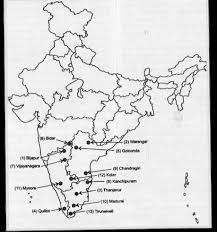
34.2 Two Mahajanapadas (A & B): Identify and label correctly.
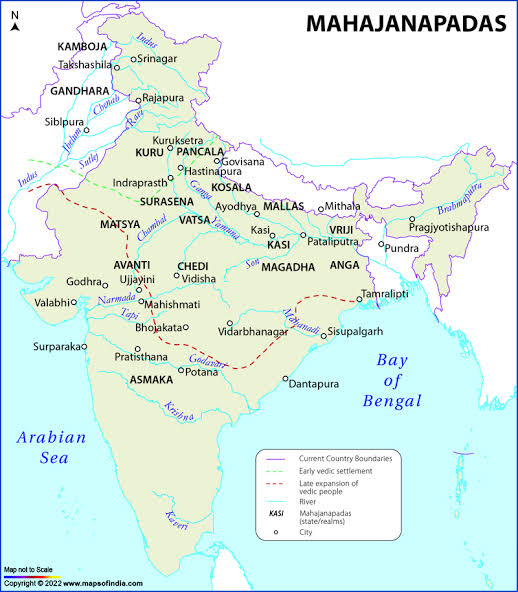
(Likely Magadha, Avanti, Kuru, Kosala depending on map.)
For Visually Impaired:
34.1 Local horse traders → Kudirai Chettis.
34.2 Battle of Talikota → 1565 CE.
34.3 “Yavana” used for → Greeks/foreigners.
34.4 Literal meaning of Rajagaha → House of the King.
34.5 Governance by group of men → Oligarchy.
